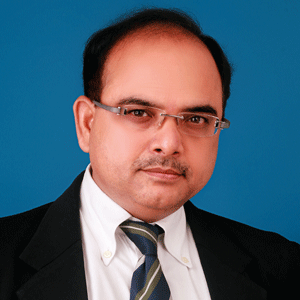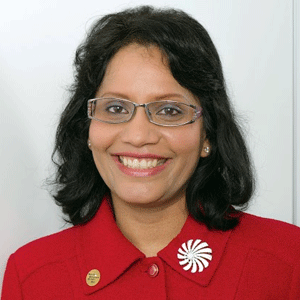THANK YOU FOR SUBSCRIBING
Editor's Pick (1 - 4 of 8)

Embedding Legal Technology Skills in Law Firms
Rajesh Sreenivasan, Head of Technology, Media, and Telecommunication Law Practice at Rajah & Tann Asia


Rajesh Sreenivasan, Head of Technology, Media, and Telecommunication Law Practice at Rajah & Tann Asia
This is essential for risk management and valuation purposes and is just as important as the legal aspects of the transaction.
As a partner in charge of technology for the firm and a member of the Regional Management Council of Rajah & Tann Asia, I provide input on core technology issues and how law firms can best utilize new technologies like ChatGPT. This position also allows me to strategize and stay informed about the latest advancements in contract automation and other areas of legal technology.
What are some of the challenges you face while educating lawyers about digital infrastructures or the developments in the digital space?
Law firms run a very tight ship when it comes to productivity and every lawyer is expected to generate profits in terms of meeting targets and completing productive legal work. However, this approach means that lawyers' time and resources are often spent on execution or work, making it challenging for them to take time away from their billable hours to focus on important changes happening in the industry.
To overcome this challenge, law firms must allow their lawyers to not just look at the status quo but also look forward to technological advancements that increase their ability to provide legal services using state-of-the-art technologies. However, there are challenges to adopting new technologies, including lawyers' force of habit, internal workflows, and the difficulty of using new technologies. For example, some lawyers may be hesitant to switch to contract automation or management platforms as they can hinder or delay the speed at which work is completed. As a result, it is essential to understand the benefits of digital technology and work around the realization that such technologies do not always hinder workflow.
What are some of the interesting technologies you have come across that would streamline workflows for lawyers in the future?
The data management system (DMS) used by our law firm, Net Documents, has stood the test of time as it was one of the first systems to be fully integrated into the cloud. This was important for us to allow our lawyers to work remotely. We have a unified set of devices, networks, and applications across all offices in the region. Our IT deployment strategy, called the IT DNA, won the Financial Times Innovative Lawyers award for best law firm strategy. Another important application we use is Lupo, which powers the legal technology platform initiative of the Government of Singapore.
Is there any advice that you have for budding legal practitioners about adopting new technologies?
Legal practitioners should embrace technology to enhance their legal workflow, make them better lawyers, and expand their revenue streams. The notion that technology is a zero-sum game that will take away lawyers' jobs are meaningless. Lawyers should collaborate with technology experts in initiatives like the LTP by the Singaporean government, which invests in the development of legal technology. It is important to embrace new technologies like generative AI, rather than shunning them based on a few examples of inaccuracy. Law firms should adapt and implement the latest technology, like the upcoming version 4.0 of ChatGPT, to augment their legal services and deepen their relationships with clients.
Lawyers should embrace technology to enhance their legal workflow, make them better lawyers, and expand their revenue streams












